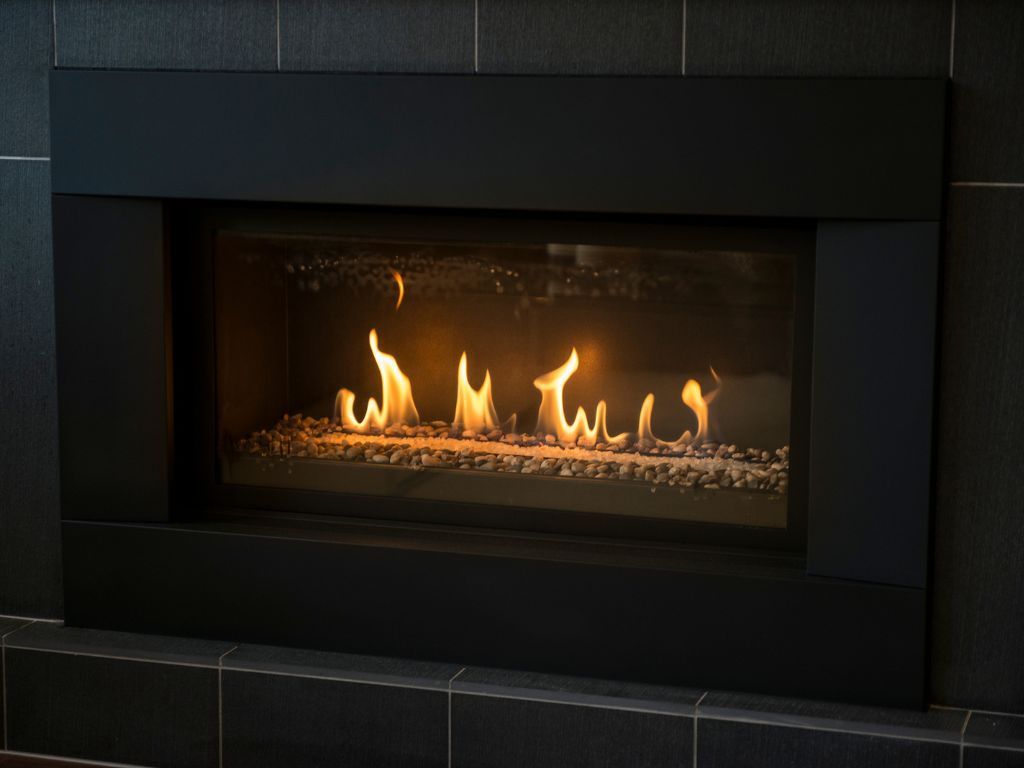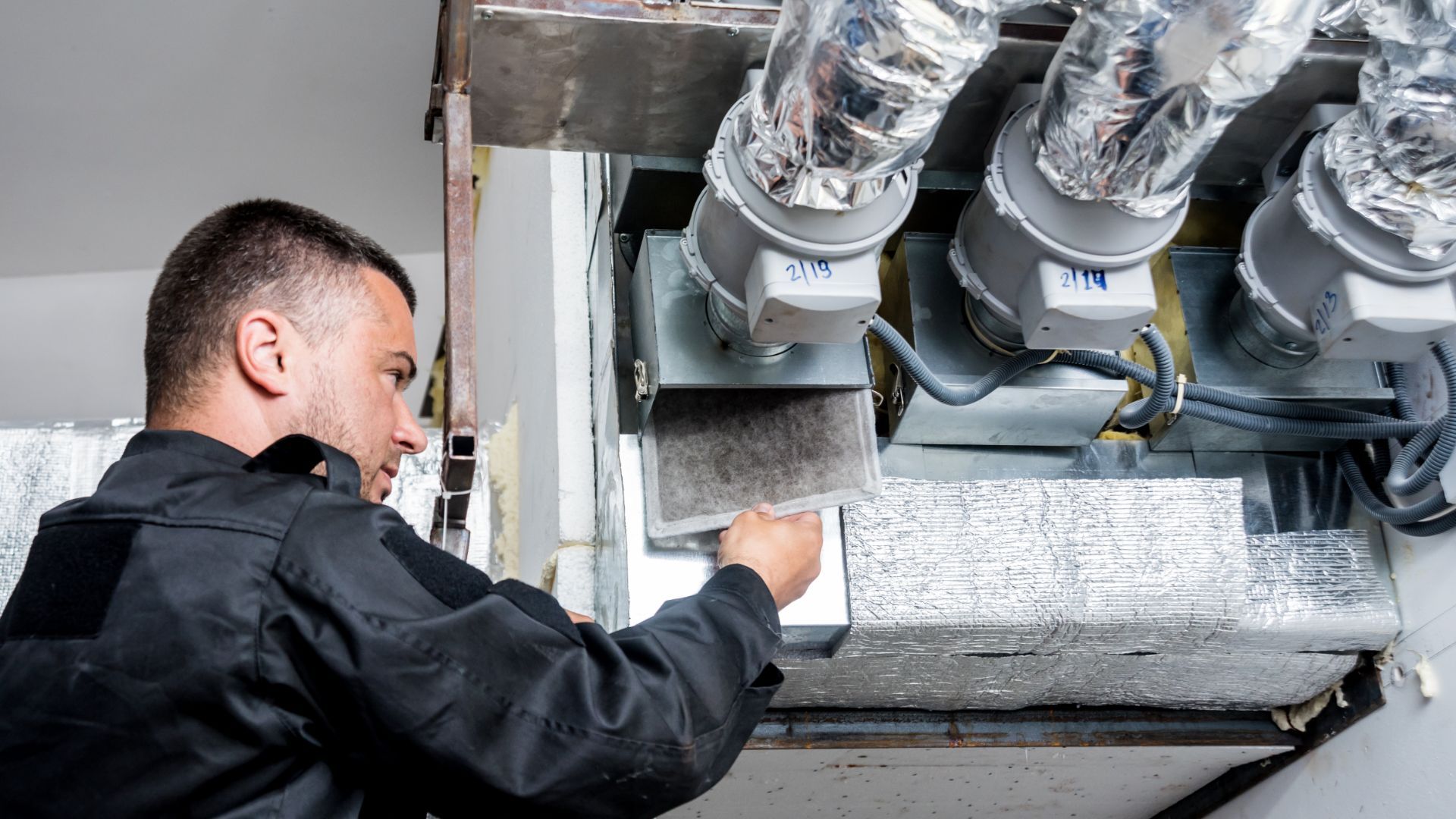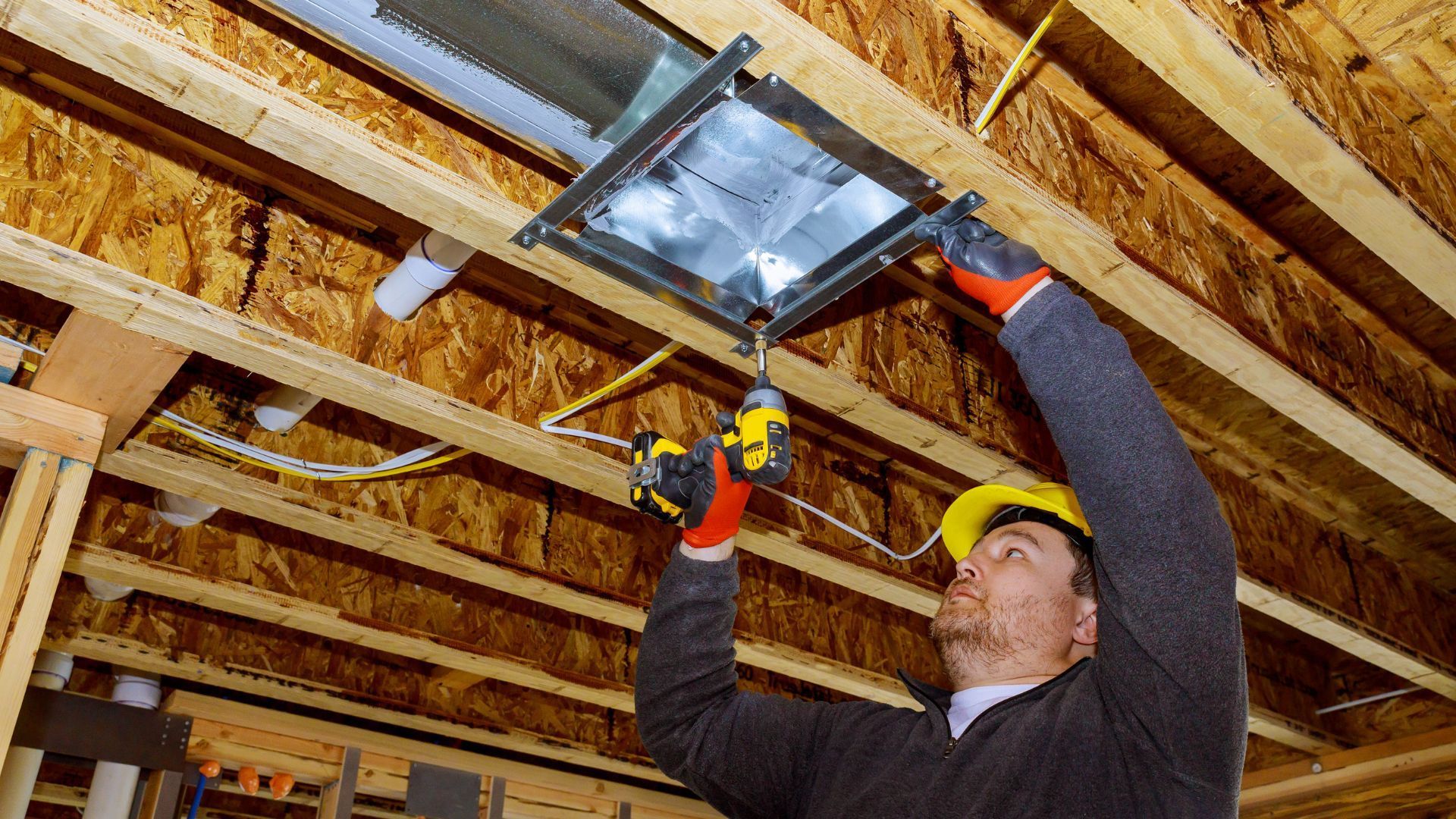Working Hours: Monday - Friday 08:00 AM - 04:30 PM
Thermostat Gas Fireplace: A Beginner's Guide

Have you heard of thermostat gas fireplaces? These bad boys use gas as fuel and have a thermostat to control the temperature. No more having to manually adjust the fire like with traditional fireplaces. With a thermostat gas fireplace, you can just set your desired temp and let it do its thing - talk about convenient and energy-efficient.
This article's gonna give you the rundown on these fireplaces, including all the perks and how to use 'em.
How a Thermostat Gas Fireplace Works
So, have you ever wondered what makes a thermostat gas fireplace tick? It's all about the components! It's got a firebox where you can see the flames, a burner that does the actual burning, a gas valve that controls the flow of gas, and a thermostat that makes sure the temp stays just right.
When you turn on the fireplace, the thermostat tells the gas valve to open the flow of gas to the burner. And then, whether it's by a pilot light or electronic ignition, the gas gets lit up in the firebox. The thermostat keeps an eye on the room temperature and adjusts the gas flow as needed to maintain the desired temperature.
Compared to traditional fireplaces, these babies are way more energy efficient. With a traditional fireplace, you've got to manually adjust the damper or add more wood to control the temperature. But with a thermostat gas fireplace, the thermostat does it automatically, using less gas and saving energy.
Benefits of a Thermostat Gas Fireplace
Thermostat gas fireplaces offer a number of benefits over traditional fireplaces, including:
- Energy Efficiency
As mentioned earlier, the thermostat controls the temperature of the room, reducing the amount of gas used and saving energy.
- Convenience And Ease Of Use
With a thermostat gas fireplace, you can set the desired temperature and forget about it. You don't need to worry about adjusting the damper or adding more wood as you would with a traditional fireplace.
- Safety
Thermostat gas fireplaces are generally considered to be safer than traditional fireplaces, as there is no need to handle firewood or worry about sparks or embers.
- Cost-Effectiveness
In the long run, a thermostat gas fireplace may be more cost-effective than a traditional fireplace as you don't need to buy firewood, and the energy savings can add up over time.
Choosing a Thermostat Gas Fireplace
When choosing a thermostat gas fireplace, there are several factors to consider, including:
Types Of Thermostat Gas Fireplaces
Alright, so you're thinking about getting yourself a thermostat gas fireplace, but you're not sure which one to go for? Don't worry, you've got options! There's inserts, freestanding and built-in models.
Inserts are like the puzzle piece that fit right into an existing fireplace you already have. Freestanding models, on the other hand, can be placed anywhere you want in a room. And if you're looking for a more seamless look, built-in models are designed to blend in with the architecture of the room.
- Size And Style
Also, keep in mind the size and style of the room you're planning on putting the fireplace in. You don't want to end up with a fireplace that's too big or too small for the room, or one that clashes with your decor. It's all about finding the right size and style that will complement the room and your personal taste.
- Fuel Type
Thermostat gas fireplaces come in two flavors: natural gas or propane. So, you'll want to consider which fuel type is more convenient for you and your home before making a decision.
- Professional Installation And Safety Concerns
Before you get too excited, installing a thermostat gas fireplace is not a DIY job. It requires professional installation, which means it involves working with gas lines and electrical wiring. So, it's crucial to choose a reputable and licensed contractor to make sure that the installation is done safely and correctly. Don't skimp on this step, trust me.
Using a Thermostat Gas Fireplace
Once you've chosen and installed your thermostat gas fireplace, it's important to know how to use it properly to ensure that it is safe and efficient. Here are some tips for using a thermostat gas fireplace:
- Setting And Adjusting The Thermostat
The thermostat is used to control the temperature of the room, so it's important to set it to your desired temperature. You can adjust the temperature as needed throughout the day.
- Proper Maintenance And Cleaning
To ensure that your thermostat gas fireplace continues to function properly, it's important to maintain and clean it regularly. This includes cleaning the firebox and the burner, and checking the pilot light or electronic ignition system.
- Troubleshooting Common Issues
If you experience any problems with your thermostat gas fireplace, such as a pilot light that won't stay lit or a thermostat that doesn't seem to be working correctly, it's important to troubleshoot and address the issue as soon as possible. A professional technician can help diagnose and fix any problems.
Conclusion
A thermostat gas fireplace is a convenient and energy-efficient heating option that can add warmth and ambiance to any room. By understanding how they work, the benefits they provide, and how to choose and use them properly, homeowners can enjoy the benefits of a fireplace without the hassle of a traditional one. Keep in mind that it's important to have a professional installation and regular maintenance to ensure safety and efficient operation.
Want to
own one in London, Ontario? Give us a visit and expand your options with a great variety of HVAC equipment!

INFORMATION
176 Rectory St, London, ON N5Z 2A5, Canada
Follow us on Facebook
BROWSE OUR WEBSITE
EMERGENCY SERVICE









